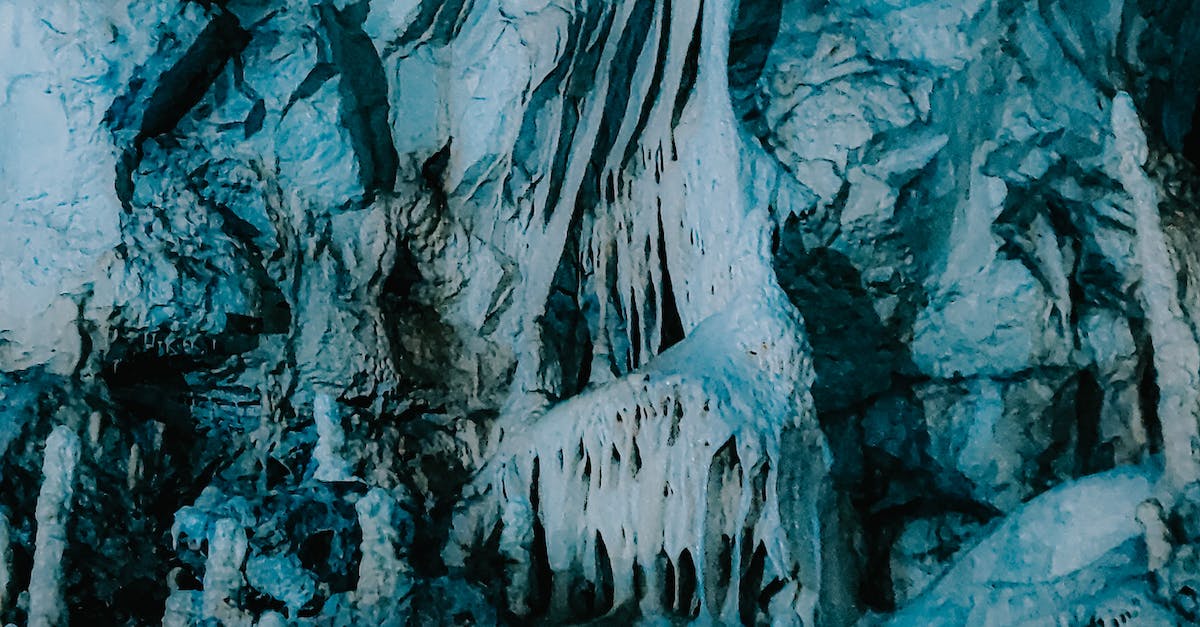The Alarming Decline of North Greenland's Glaciers: Implications for the Planet

Introduction
New research has revealed that the glaciers in North Greenland are far from stable, contrary to previous scientific beliefs. The study, published in Nature Communications, provides compelling evidence that rising temperatures have caused the ice shelves in the region to lose more than a third of their volume over the past 50 years. This concerning trend could have dramatic consequences for the planet, posing a significant threat to sea levels and global climate patterns.
1. Discovery of North Greenland’s Melting Ice Shelves
Using a combination of satellite imagery and climate modeling, scientists have discovered that the ice shelves in North Greenland have lost over 35% of their total volume since 1978. This startling finding challenges the long-held belief that these glaciers were stable and resistant to change.
2. The Role of Ice Shelves in Glacier Stability
Ice shelves are a crucial part of ice sheets, acting as a barrier between the terrestrial glaciers and the surrounding ocean. Their floating nature enables them to protect the glaciers from melting by insulating them from warm ocean waters. However, the study reveals that this protective barrier is rapidly diminishing in North Greenland.
3. Collapsed Ice Shelves: A Harbinger of Doom
Three of the North Greenland’s ice shelves have already completely collapsed, demonstrating the fragility of these once-vast structures. Additionally, the five remaining shelves have experienced a widespread increase in mass loss, primarily influenced by the warming ocean temperatures. This alarming development raises concerns about the fate of the remaining ice shelves.
4. Steensby Shelf’s Drastic Reduction in Size
One of the most striking examples of the shrinking ice shelves is the Steensby Shelf, which has decreased to a mere 34% of its previous area between 2000 and 2013. This rapid decline exemplifies the vulnerability of these ice formations to the ever-increasing temperatures of the surrounding environment.
5. Impact on Sea Levels
Not only are the ice shelves losing volume, but the area of floating ice has also diminished by more than a third since 1978. This has severe implications for sea levels, as the Greenland ice sheet is the second-largest contributor to global sea level rise. From 2006 to 2018 alone, it accounted for over 17% of the observed increase, highlighting the urgency of the situation.
6. Climate Feedbacks and their Global Consequences
The melting ice shelves in North Greenland can have far-reaching consequences beyond sea level rise. The influx of freshwater from melting ice disrupts the ocean’s salinity and circulation patterns, which could potentially impact global climate systems, including the regulation of temperature and weather patterns.
Conclusion
The significant loss of volume experienced by the ice shelves in North Greenland over the past five decades raises serious concerns about the stability of the region’s glaciers and the planet as a whole. Urgent action is required to mitigate the effects of rising temperatures and preserve these vital ecosystems. As our understanding of climate change continues to evolve, it is becoming increasingly evident that the impact of melting glaciers extends far beyond what was previously anticipated. The fate of North Greenland’s ice shelves serves as a stark warning of the profound consequences awaiting our planet if we fail to address the underlying causes of global warming.




